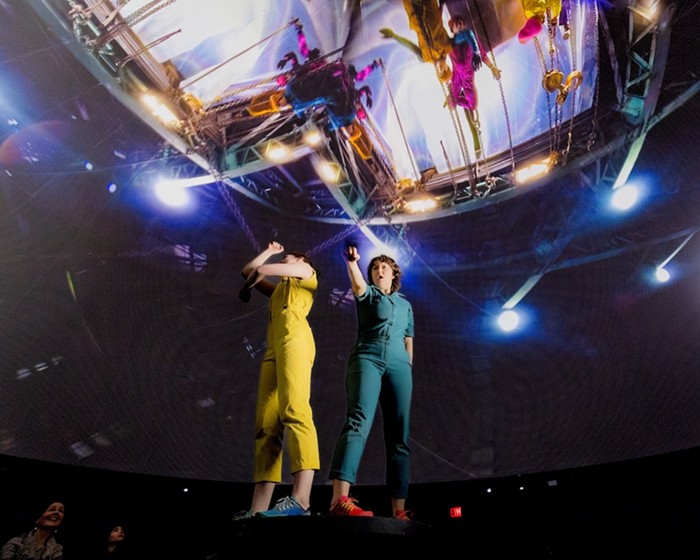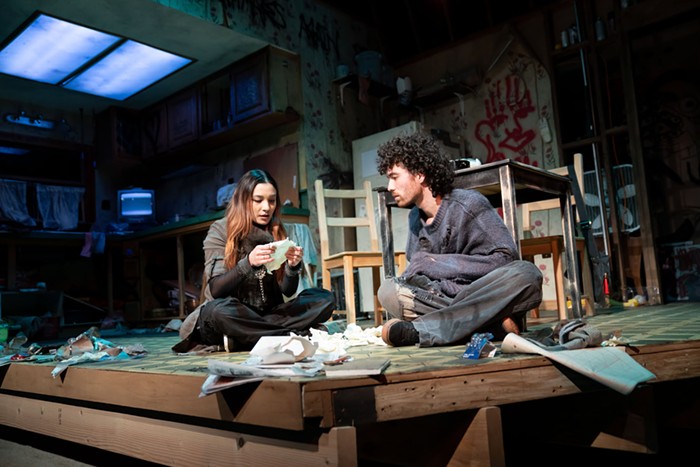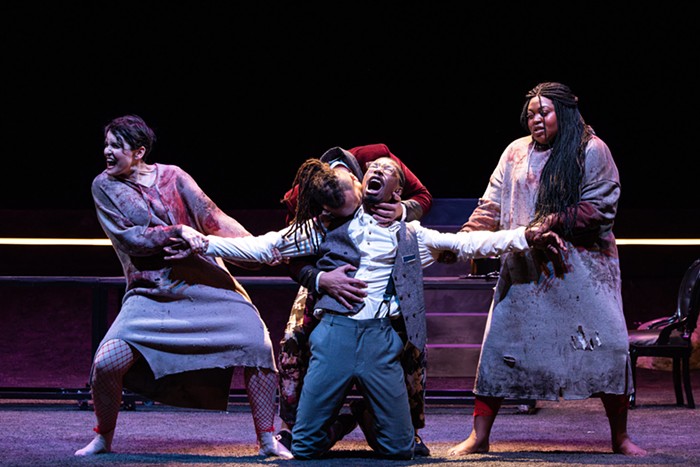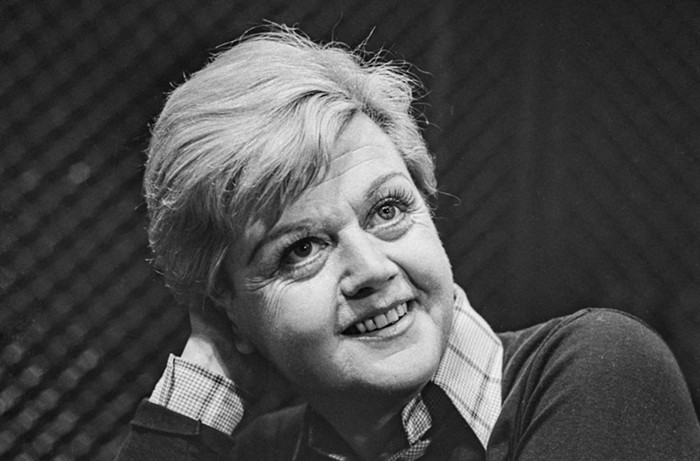Alice in Bed
Theater! Theatre!, 3430 SE Belmont, 286-3456, Thurs-Sat 8 pm, Sun 4 pm, through Dec 11, $5-15
Integrity Productions bites off a mouthful with their new production of Susan Sontag's Alice in Bed. Sontag's stilted, literary script revolves around women's illness, intelligence, and imagination, and it's questionable whether even the finest production company could render it successfully. In this case, the weaknesses of the script are only accentuated by Integrity's awkward, heavy-handed production.
The piece centers, literally, on Alice James, the younger sister of Henry and William James. Alice occupies a large bed in the middle of the stage, bedridden by what appears to be a case of crippling depression. She refuses to get out of bed, instead dwelling in a complicated inner world that's depicted via disjointed monologues and fanciful visitations from imaginary friends. The play's central questions are why it is that Alice, as brilliant as her famous brothers, is so unequipped to face the world; and why she should (and why she won't) get out of bed. Scenes alternate between "real life" interactions and the fantastic meanderings of her mind. We're meant to see her from the inside and out: as a stifled female intellectual; as a spoiled, upper-class invalid; as an imaginative, creative force with a yearning for freedom and experience.
Unfortunately, as Alice, Kim Bogus fails to deliver a sufficiently complex character. While her performance is certainly charismatic, it's also unconvincing—her forthright, middle-American delivery is difficult to reconcile with the perceptive, high-strung woman of the script, evoking no trace of the East Coast upper class to which the James' belonged. The set also poses problems. The script is full of parallels to Alice in Wonderland. Consequently, the stage looks like the backdrop to a children's TV show, all oversized shapes and curious angles and cartoonish imagery. By overplaying the superficial connections to Wonderland, any meaningful connection to Lewis Carroll's creation is lost. Stylistic decisions tend toward a goofy, two-dimensional aesthetic, making it hard to take Alice's plight very seriously—but it's hard to take Alice's plight seriously anyway, thanks to Sontag's lifeless script, which calls for nothing more than a parade of costumed concepts.


















